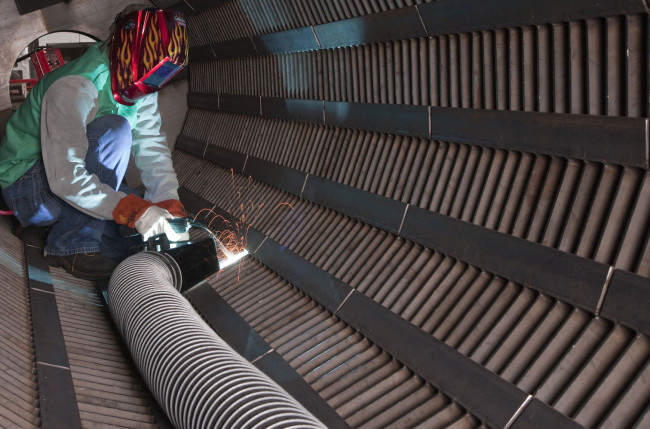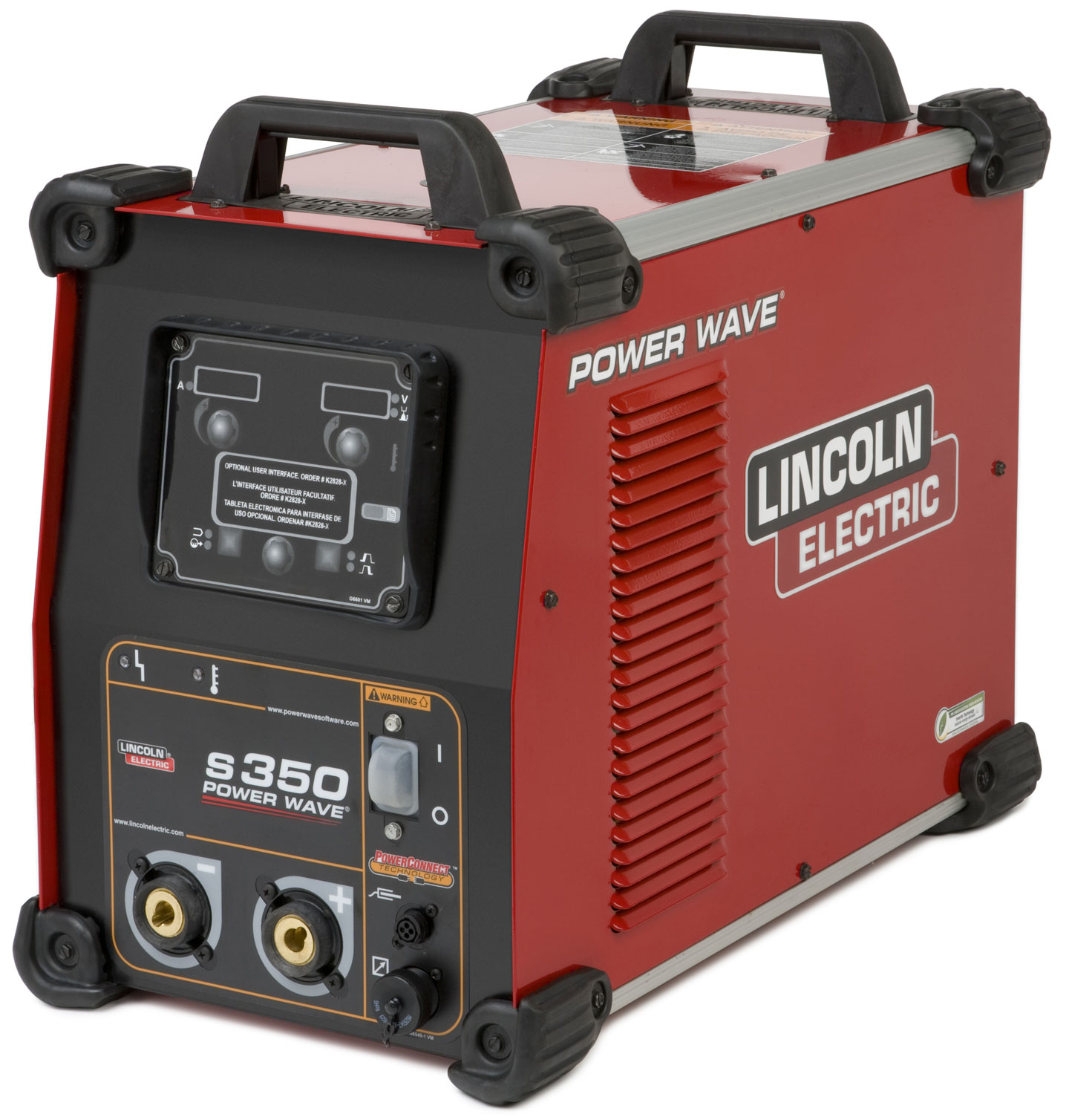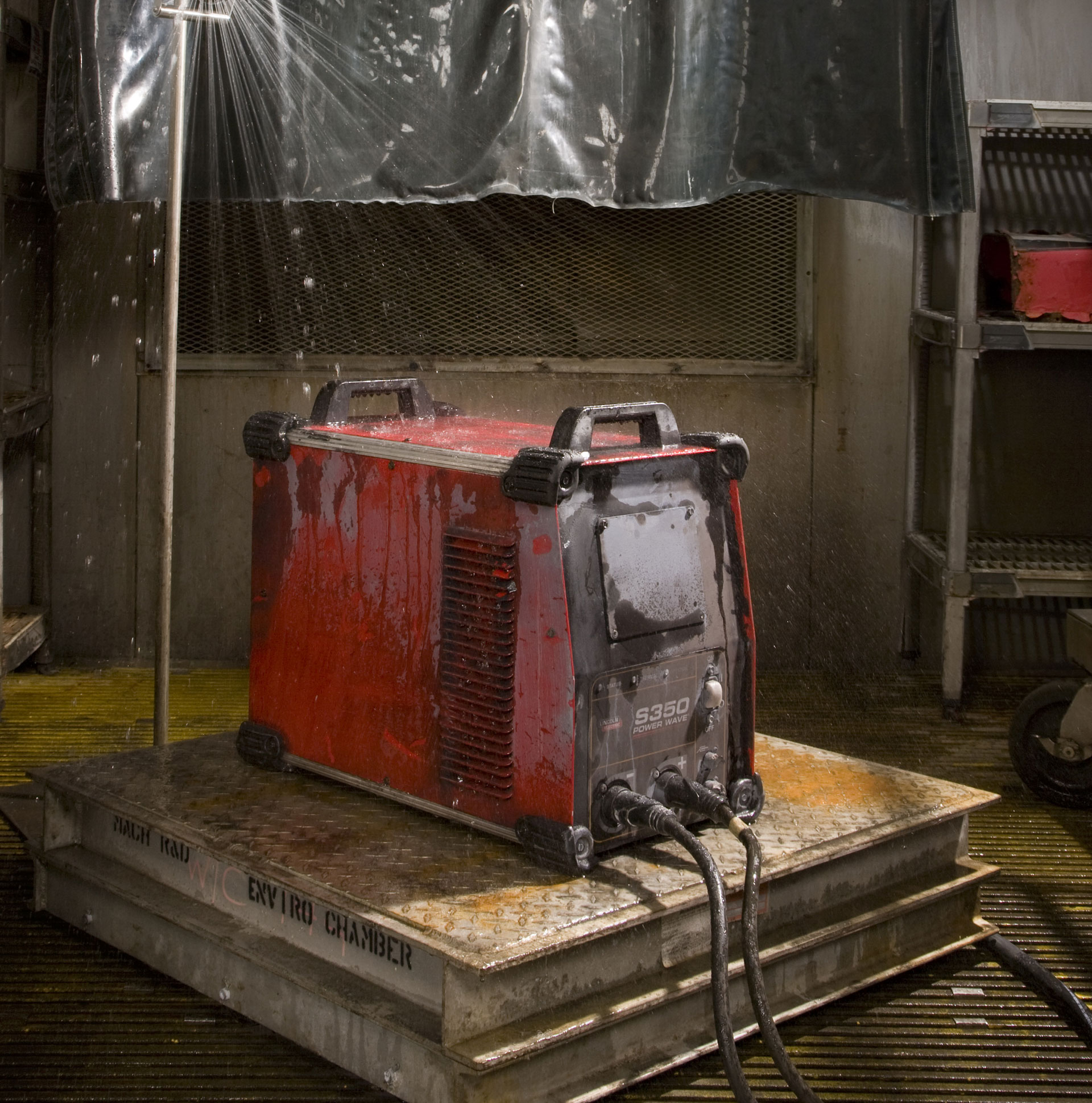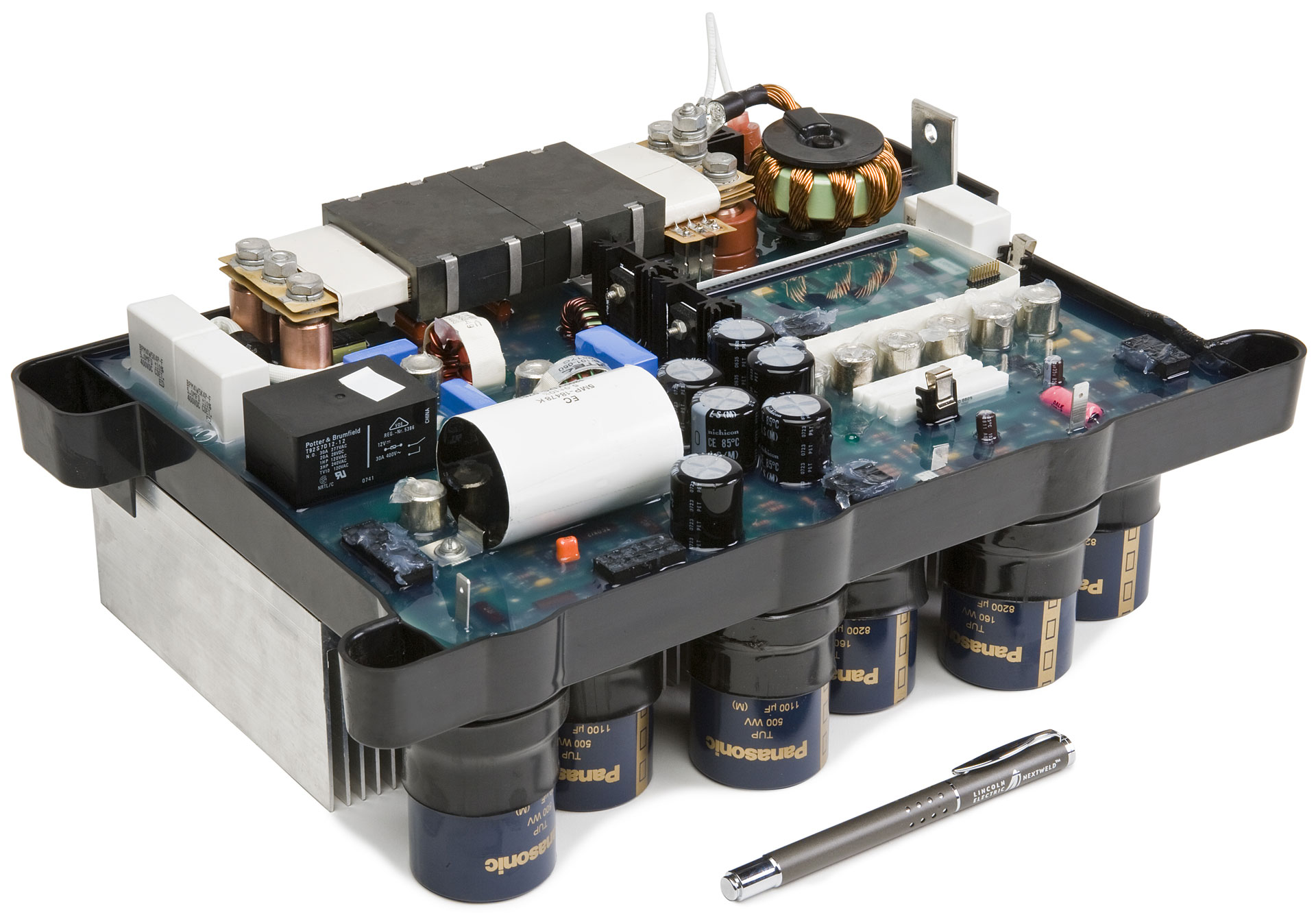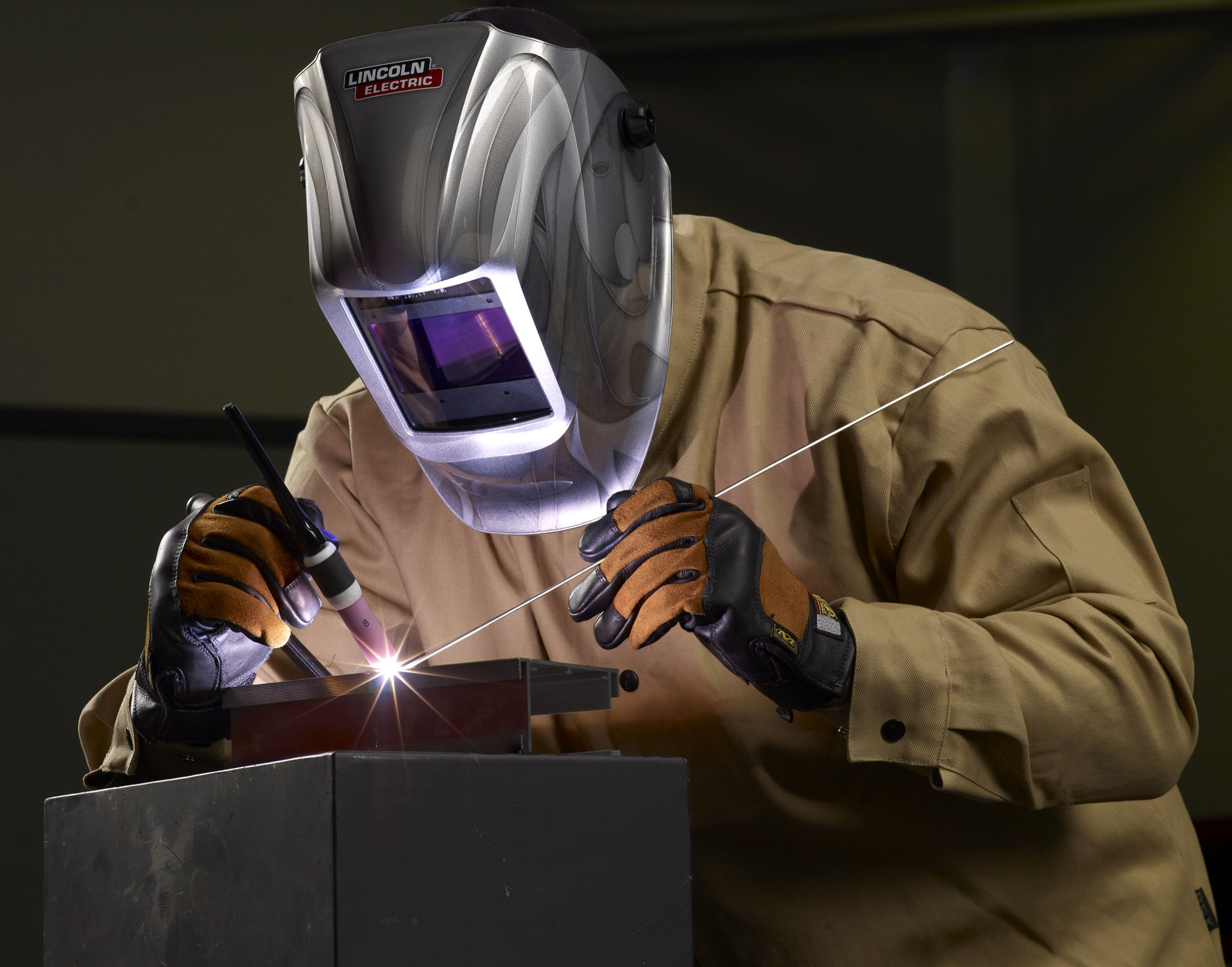When Welding Moves Outside
Take a look at how digital, software-based, networked machines deliver repeatable results under the most unpredictable conditions are making a competitive difference as more welding of higher-grade materials moves to rugged outdoor environments for extended periods of time.
Posted: February 12, 2013
Historically, the majority of welding fabrication took place in the confines of four walls. But welders in sectors like pipeline, petrochemical and construction are now welding in more rugged, outdoor environments for extended periods of time on higher-grade materials.
This increase in field work translates into the need for higher-performance welding technology and equipment that can deliver repeatable results under the most unpredictable conditions.
In looking at this growing market segment, the challenge was to develop a power source that would meet the rigorous demands of field contractors. This began by directly engaging the welders themselves to accurately capture their daily field experiences, as well as varying job and application demands.
Among their shared insight was the need for a multi-process machine delivering excellent arc response, consistent performance with various input power levels, greater efficiency and better control over processes and procedures. And these features need to be housed in a rugged, portable package that is easily transported between jobsites.
The result was the Power Wave® S350, the next generation of the Power Wave product family.
CONVENIENCE IN THE FIELD
If required, it’s relatively easy to change out a machine on the shop floor as applications or job specifications change. The same is not true if you?re miles out in the field. A truly comprehensive all-in-one machine is a non negotiable.
The S350 is a multi-process power source providing stick, DC TIG, pulsed DC TIG, MIG, pulsed MIG and flux-cored welding. The Surface Tension Transfer (STT®) process is also available as an add-on module to this machine, making it a compact field pipe welding solution.
This expanded welding process offering benefits contractors who have expanded their own range of services in recent years to differentiate themselves from fabrication competitors. Contractors are able to purchase one machine that performs across varying applications, job requirements and materials.
The next consideration was the machine’s ability to continuously perform under a variety of temperature ranges and weather conditions. The S350 underwent strenuous testing to obtain an IP23 rating designation, while many comparable machines only retain an IP21 rating.
This industry-accepted Ingress Protection Rating (IP) system describes the protection provided by the enclosure. It takes into account that no object larger than 12.5 mm can enter an opening, a person’s finger cannot enter the enclosure and touch a hazardous part and that the enclosure will prevent spraying water from affecting the electrical safety systems inside the machine, while the machine is shut off.
As a comparison, the water test for the IP21 rating mimics a leaky roof, a realistic scenario on a shop floor. In the IP23 test, water is sprayed at a 30 deg angle for a minimum of five minutes to simulate driving rain, ensuring the machine is not impaired if it is stored outside or traveling on a truck bed.
To help meet the IP23 rating, the power electronics were housed in a compact, durable, reinforced case design with protective molded corners, offering additional protection during transportation. Also included are convenient handles for easy transfer.
IT’S ALL ABOUT THE POWER
Power requirements can vary widely, so this system includes patent-pending PowerConnect™ technology. This is an input power regulation technology that automatically adjusts to input power from 200 to 600 VAC, 50 to 60 Hz and single phase or three phase.
The machine adjusts for differing input power levels around the globe, allowing it be plugged in and used immediately without operator adjustment. It also uses the Tribrid™ power module, which delivers the industry’s highest output welding speed, equaling 120 kHz, or 120,000 cycles a second.
With this incredibly high output switching speed, arc characteristics can be quickly adjusted by the machine to account for variances. The ability to quickly adapt machine response to operator or fitment changes at the arc, providing measurable advantages by enhancing the welding performance and directly contributing to overall weld quality.
On the opposite side of the power equation, in many parts of the country utility companies are paying rebates for companies that replace older technology equipment with that which is more energy efficient. This is matched with many states, as well as the federal government, offering businesses monetary incentives to upgrade equipment.
The S350 is a highly efficient inverter power source that maximizes the use of the incoming power. Based on this, it often qualifies for these programs and can provide measurable energy savings over the life of the machine.
However, energy savings alone are not typically large enough for most companies to justify purchasing new equipment. The investment and upgrade must deliver other measurable savings, including but not limited to, improved weld quality, the ability to weld faster and overall improved throughput.
MEASURABLE PERFORMANCE AND MONITORING
A wide range of variables – different field environments, operators, materials, welding processes and welding styles – can all impact the quality of the weld and productivity levels. So the ability to monitor, track, control and adjust the process at all intervals is invaluable for a company.
This machine can be networked and comes standard with proprietary Production Monitoring™ software that provides critical information and data for four different audiences. For company management, it tracks overall shop productivity. It provides production managers with weld monitoring at the welding machine level, delivering data that can be easily sorted and viewed based on shift, day, week or month.
Welding engineers and quality control can view the exact details of each of the individual welds: voltage, current and speed. And for the maintenance audience, the system records any and all faults or errors, and it can even report how much wire is left on the spool or in the drum or box.
Immediate adjustments can be made, based on analysis of all of this information, which can help increase the throughput of the facility.
With this power source, companies are not limited to hard wiring the machine to the network within the confines of a shop floor. Since the machine’s networking capability uses standard Ethernet protocols, wireless networks can also be used, allowing field teams to have similar capabilities that were previously unavailable.
As new welding modes or updates of the software for this machine are created, they are provided at no cost to the customer via a website. The updates are easily programmed by the customer using the standard Ethernet connection on the S350.
With its digital capabilities, the S350 allows companies to strictly control weld processes and procedures. The welding engineer can develop the procedure, load it into the machine and the machine can be locked down so that the operator must weld within a defined set of parameters.
This lock-down feature helps ensure weld quality and procedure control across different operators and shifts.
CONCLUSION
This machine is an example of the industry’s next generation of welding equipment that directly addresses the demands that welders face in the field and in the shop. This type of power source provides measurable returns now and in the future.
With the move to digital, software-based, networked machines, the industry is able to create custom solutions, monitor current activities and adjust to changing factors such as new alloys and base materials.





